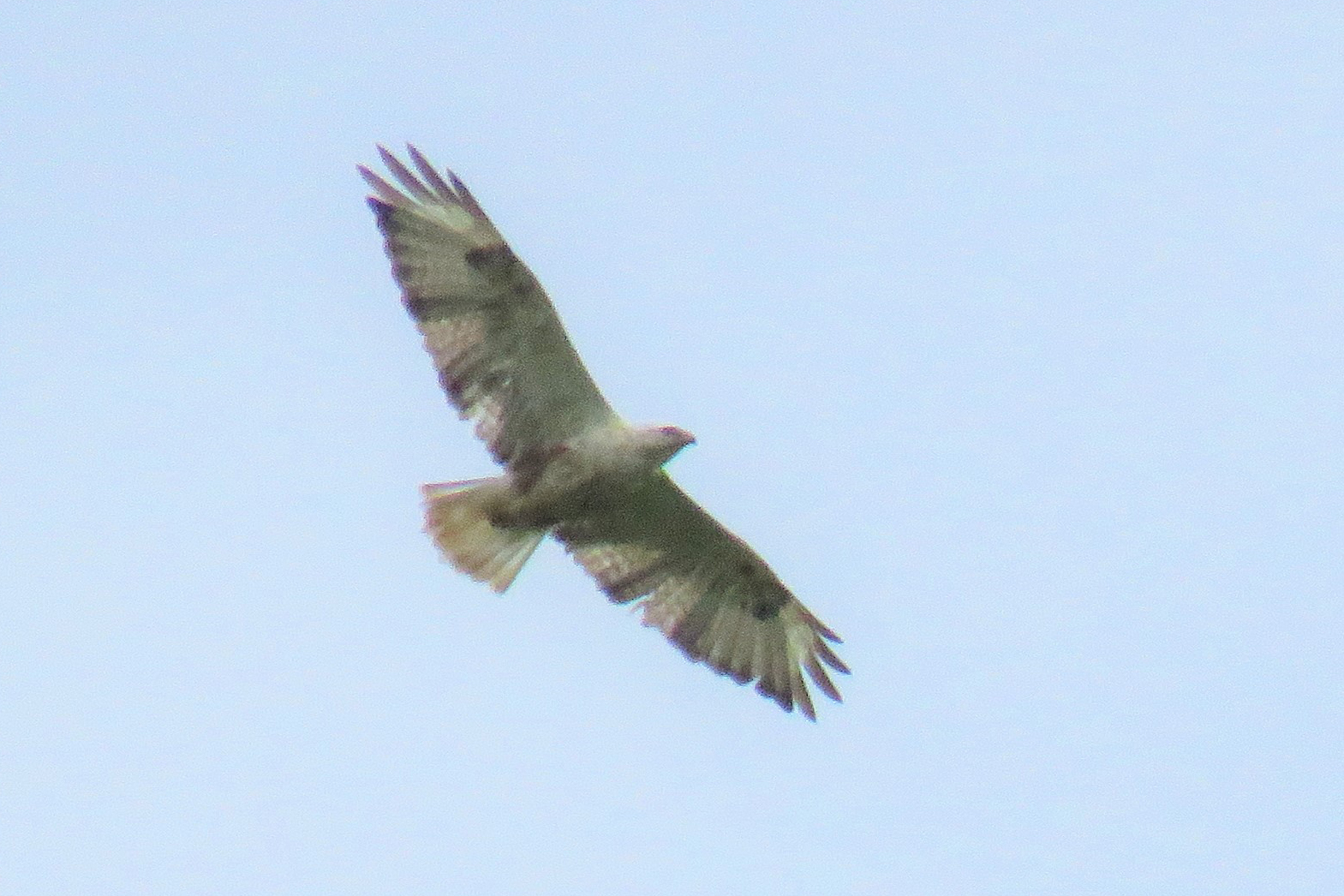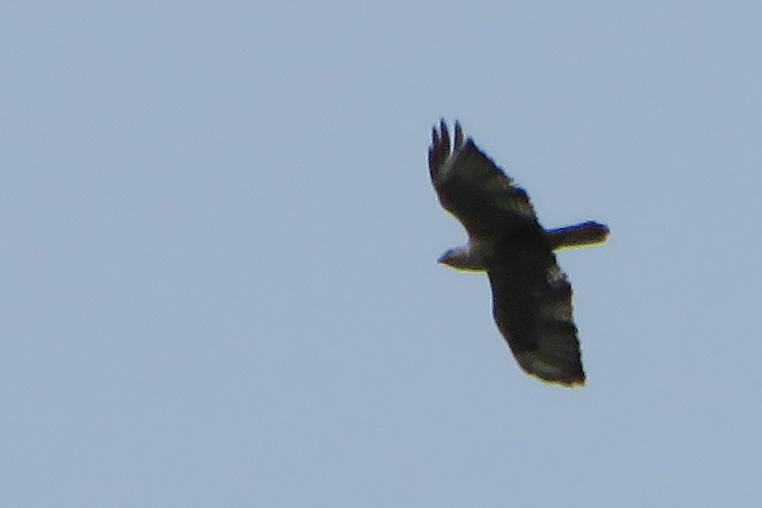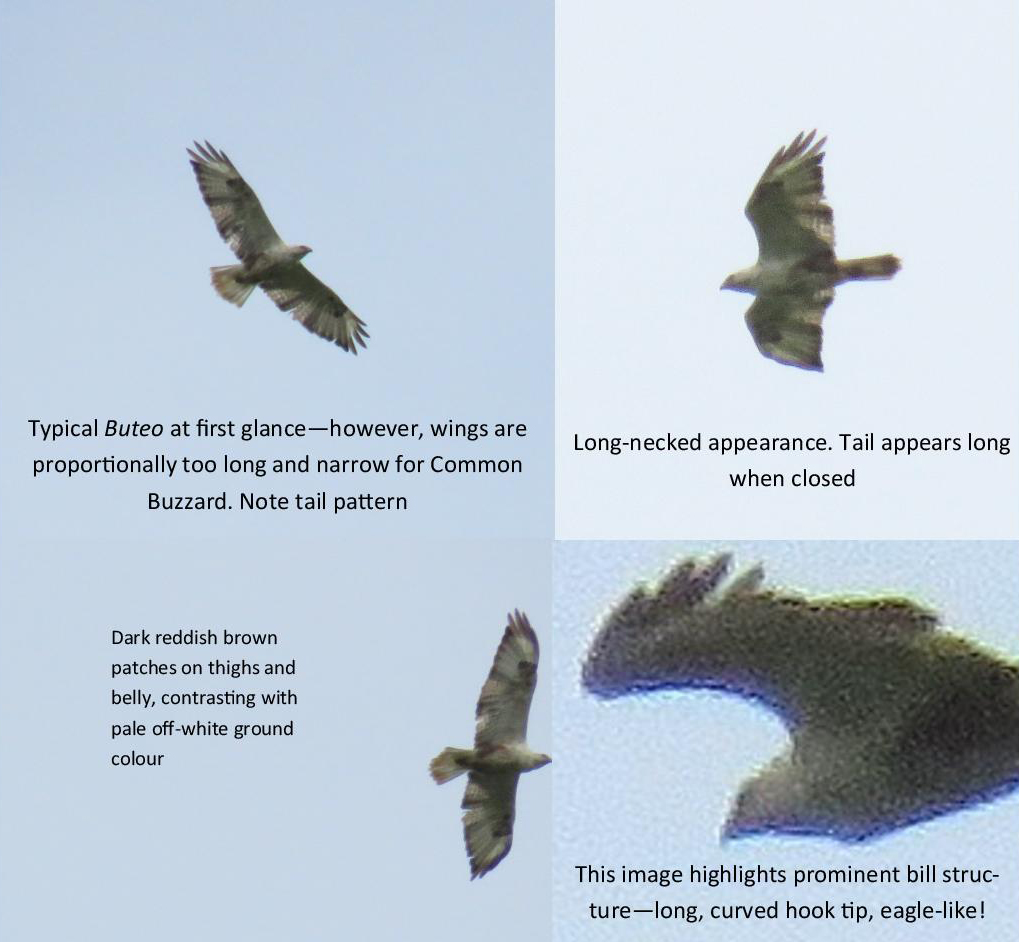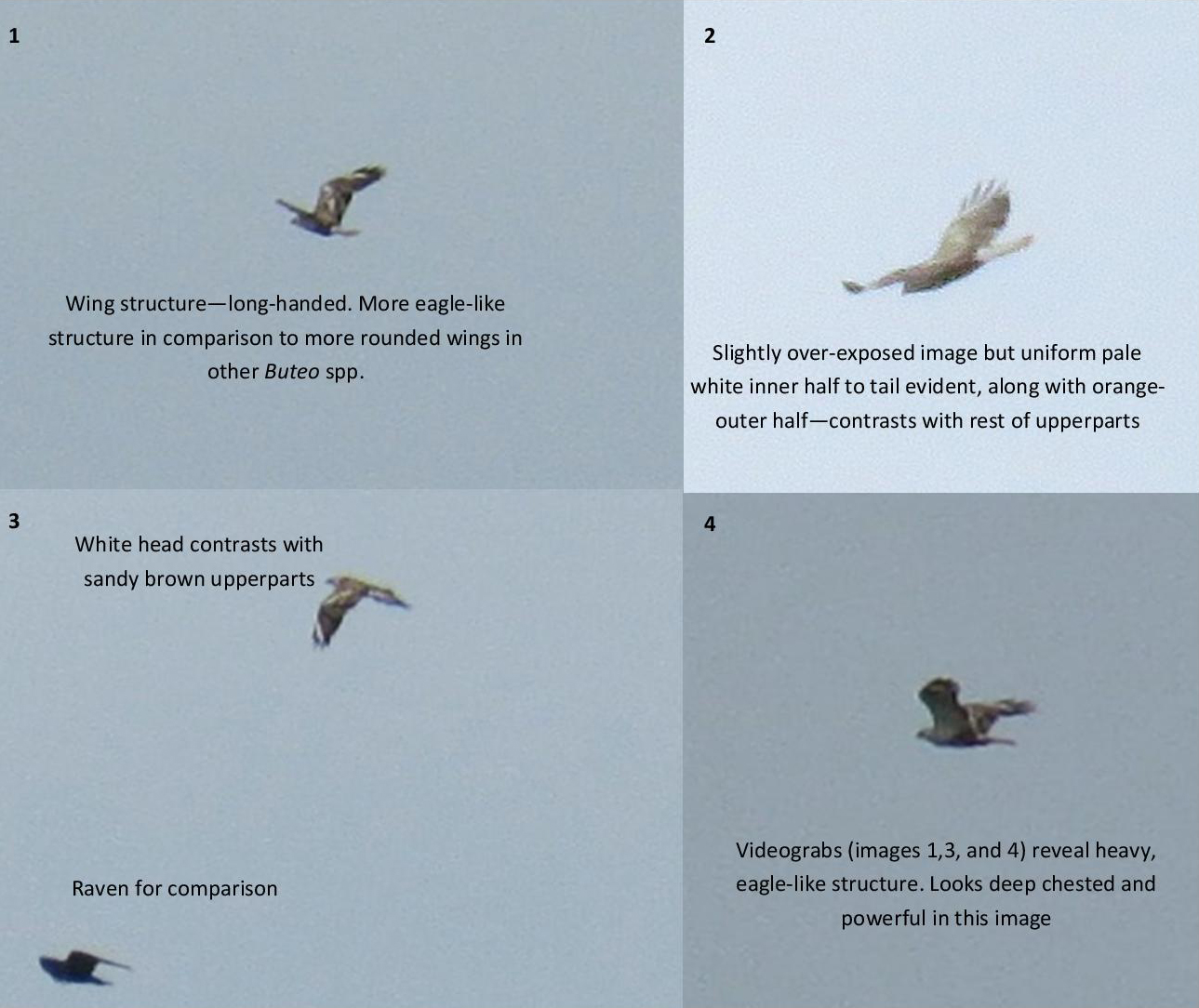After spending the summer of 2019 volunteering at Fair Isle Bird Observatory, I was fortunate to be able to return for a few weeks in September before I had to go back to university. During July, there had been a wonderful invasion of Two-barred Crossbills, among many other highlights, so I was absolutely buzzing to return. However, while coming into Lerwick on the Northlink ferry, I received a message saying that, due to the weather, I would be unable to get onto Fair Isle for at least another day.
Thankfully, Paul Harvey had very kindly agreed to let me stay at his house until I was able to travel and, of course, there are worse places to be stuck than Shetland! This meant that I could explore the area and visit some legendary birding sites in the meantime. On the following morning (1 September), I headed straight to Quendale (thanks to a generous lift from Jane Outram).
The week before had seen some good late August arrivals of migrants into Shetland, so I was excited to see what might be lurking around. Within a few minutes, I'd seen my first Barred Warbler of the year, which was followed by a supporting cast of Wood Warbler, Whinchat and a few Willow Warblers. It was also nice to be able to visit a site that I'd seen so many times associated with mega-rare bird sightings.
After a few hours exploring, I headed back along the road towards Dunrossness. After passing through Hillwell, I heard some Ravens making a commotion above my head. I looked up and realised they were mobbing a raptor. My gut reaction was that it was a buzzard species, but it was a very odd bird: it was strikingly pale and seemed to be in a heavy state of moult.

Tom photographed this perplexing-looking buzzard over Hillwell on 1 September 2019 (Tom Gale).
Due to the light, I couldn't get much on it, so I went for my camera to record as much as possible. Thankfully, I managed to get some shots before it was driven further away by the Ravens. At this point, I switched to video as it headed over the Loch of Spiggie before disappearing out of sight. This all happened within about a minute or so, but based on the features I'd seen (mainly through my camera) and the way the bird was flying on 'V' wings, it appeared it was most likely a Common Buzzard.
In itself, this would have been a good record for Shetland, so I was quite excited. However, looking through the photos on the back of my camera confused me. The bird was very strange! I couldn't make out much detail on the upperparts, but the underparts appeared off-white with dark blotches around the flanks and carpals. Could this be an aberrant bird or perhaps one from eastern populations? This seemed a reasonable suggestion and the heavy state of moult made the bird look even more confusing.
I don't know an awful lot about moult in buzzards, but I’d never noted one looking like this. At the time, I thought that structurally the bird seemed OK for Common Buzzard. The following day, I got the Good Shepherd to Fair Isle. As it happened, a European Honey Buzzard had been seen flying over the isle by Nick Riddiford several hours after I'd seen the bird over Hillwell, with Richard Cope managing to get some record shots.
Comparing our photos, we were surprised to find we had, in fact, seen the same bird as the state of moult and plumage matched perfectly. This was confusing from both ends – the impression gained by both Nick and Richard was of a long-necked and long-tailed bird, more fitting to the structure of European Honey Buzzard and yet my photos clearly revealed a much more Common Buzzard-like bird.

Tom's Long-legged Buzzard flew over Fair Isle later that afternoon (R Cope (Fair Isle Bird Obs)).
Over the next few days, we went back over the images together and asked a couple of others for their opinions, trying to decide what it was. This involved Googling images of various other species (including some rather outrageous candidates), but none of them seemed to click at the time and the consensus was that it was a Common Buzzard, albeit an odd one. This broke one of the golden rules of birding (especially when you're somewhere like Shetland): never assume anything.
In retrospect, our contrasting impressions of the bird should have raised the alarm bells! Despite this, I went back to the photos a couple of times over the following weeks and could not confidently come up with a more plausible alternative. After four weeks of excitement on Fair Isle, followed by a return to university work, the bird slowly worked its way to the back of my mind.
My description at the time was as follows: "While I have seen lots of different plumage variations of Common Buzzard in south-west England, this bird was unlike the typical variation I am used to, possibly due to the extent of moult and potentially some aberration in plumage. In some photos, the tail also appears quite long when closed. Certainly an interesting bird in my opinion – not sure what the Common Buzzards that turn up on Shetland usually look like!" Looking back at this is both frustrating and rather satisfying at the same time.
Clearly, something wasn't right! During this time, it seems it was also bouncing around the records committee. Fast forward to 2021 and I received an email from David Parnaby with the subject line 'First for Britain', which was intriguing … I opened the email and instantly got a thump of adrenaline (I imagine this isn't usually the way it happens in rare bird finder's accounts!). Attached was a PDF from Dave Cooper, titled "Long-legged Buzzard, Hillwell/Fair Isle".
Video of the Long-legged Buzzard from Hillwell, 2019. Predictably, this has blown up and I've gone into shock 😂 Massive thank you to Dave Cooper for the amazing ID work! pic.twitter.com/OrP3pR28hx
— Tom Gale (@tomgale89) January 25, 2021
Picking up my jaw from the bowl of sweet potato curry on my lap, I read through the PDF, which explained how this bird was a perfect candidate for a second-calendar-year Long-legged Buzzard! The quality of Dave's notes was outstanding and made everything click into place. The bird's moult and 'strange' plumage features could now be explained, and the different impression Nick and Richard had gained of the bird compared to me made much more sense. This was clearly the realisation that we had missed at the time.
I've created a quick summary of the bird's key identification features below, using Dave's notes, Forsman (2016) and various Birding World articles as references (see end). The bird can be aged as a second calendar year due to the retained juvenile wing feathers, which appear more faded due to wear. Retained juvenile primaries create a white flash on the upperwing, contrasting with darker renewed feathers. This is the age class most often seen as vagrants in northern Europe. Pale underwing coverts contrast with dark carpal patches. The head is strikingly pale, along with much of the upper breast, which contrast with darker reddish-brown patches on the thighs and lower body – pale morphs are the most distinctive form.


Videograbs showing the key identification features of Britain's first Long-legged Buzzard (Tom Gale).
The upperparts (majority of detail can only be obtained from the video) are generally sandy brown, making the bird's pale head and tail stand out. The tail has moulted to adult-type and is diagnostic, with uniform white inner half and orange-coloured outer half. The structure of the bird is strongly indicative of the eastern form rufinus (as opposed to cirtensis), due to the especially long-winged and long-necked appearance (evident in videograbs, which highlight the eagle-like structure). On close inspection, the bill is quite heavy and has a noticeably long, hooked tip and deep base.
This isn't how I'd dreamed finding a first for Britain would go (pending acceptance, of course). As I'm writing this, I'm still not sure that it's all completely sunk in. In many ways, I am frustrated that we missed the final penny-drop moment at the time, especially as now whenever I look back at my images of the bird, it doesn't look anything like a Common Buzzard to me anymore. However, I do feel it's easy to be harsh on yourself in these situations and prefer the take of treating events like these as learning experiences. Could there be a more prime example to illustrate the importance of submitting records to local committees?
I'm glad that I was able to document the bird as well as I could, given how quickly it went through. It's also given me a good excuse to learn more about raptor identification, something I feel we're a bit deprived of in the UK. I hope that this sighting will provide an example for others of what to look out for. Given records of Long-legged Buzzard in northern and central Europe are increasing, I imagine there could be more to come ...
References
Forsman, D. 2016. Flight Identification of Raptors of Europe, North Africa and the Middle East. Bloomsbury Publishing.
Lawicki, L, Corso, A, and Khil, L. 2013. Long-legged Buzzards in Europe – Britain next? Birding World 26(8): 332-343.
Rodriguez, G, Elorriaga, J, and Ramirez, J. 2013. Identification of Atlas Long-legged Buzzard and its status in Europe. Birding World 26(4): 147-173.


